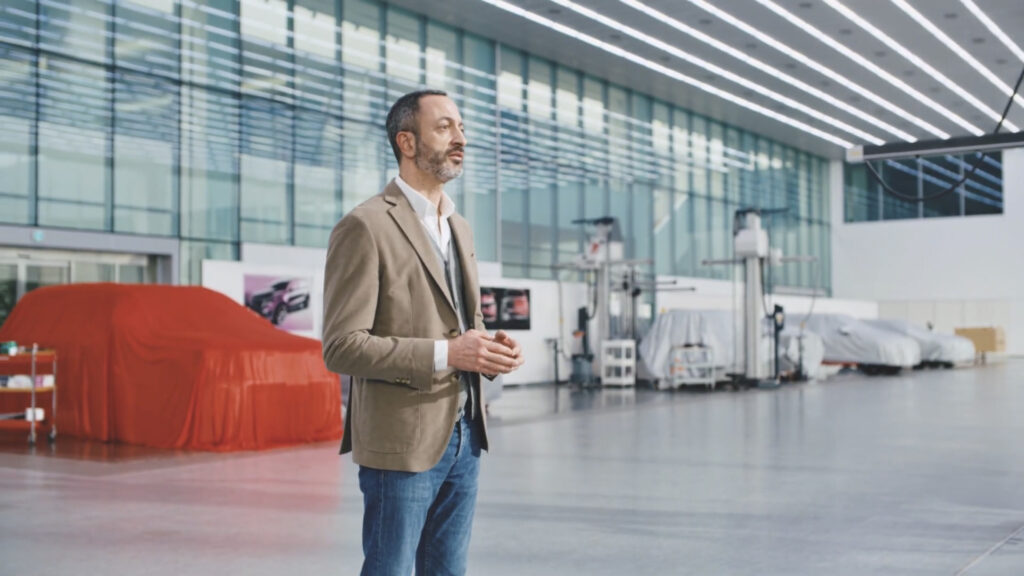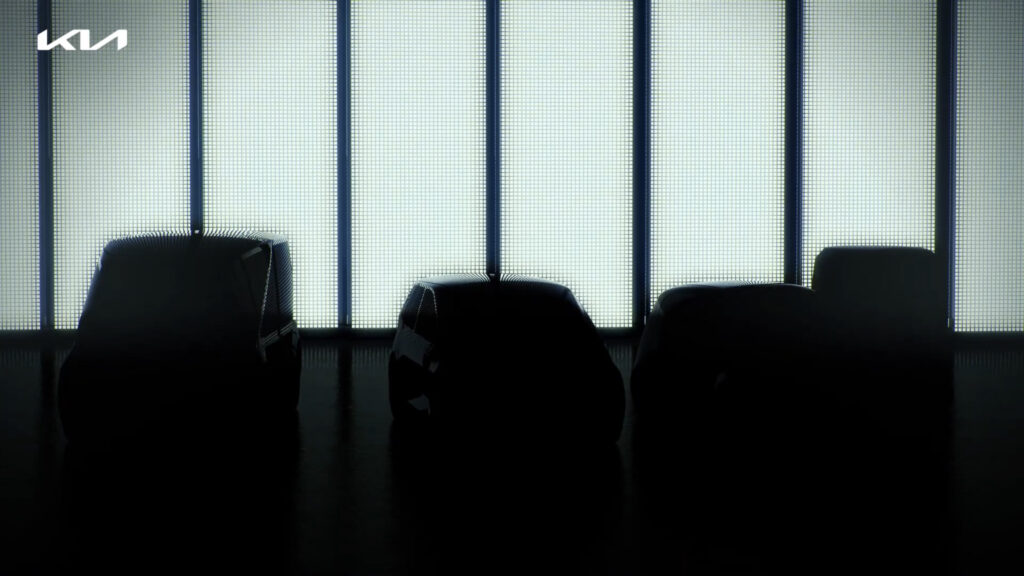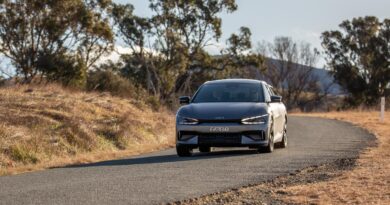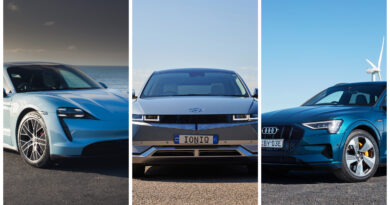Kia ‘most probably’ to be EV brand, 7 EVs from EV1 to EV9
Kia has chosen a simple alpha-numeric naming system for its upcoming dedicated electric vehicles, to be called EV1, EV2, EV3, EV4, EV5, EV6, EV7, EV8 and EV9.
Seven of those models will be available globally by 2025, the first of which will be unveiled early this year.
The new EV models – which Kia confirmed in 2020 – will have unique designs to separate them from Kias that also have internal combustion engines.
Want the latest EV news and reviews delivered to your inbox?Subscribe to our weekly newsletter!
Kia is also developing high-performance EV versions to take advantage of the fast-evolving electrified market.
However, Kia has ruled out using a sub-brand for its upcoming electric family, instead maintaining the focus on the relaunched Kia brand and logo.
On top of the hybrids and plug-in hybrids – including the Niro that arrives in Australia within weeks – Kia will have a range of dedicated electric vehicles from EV1 to EV9.
The relatively simplicity of EV1,EV2, EV3, EV4, EV5,EV6, EV7, EV8 and EV9 will utilise the new E-GMP architecture that will underpin various Hyundai and Genesis models, including the upcoming Hyundai Ioniq 5.
Kia president and CEO Ho Sung Song confirmed the new model – a mid-sized SUV similar in size to the Hyundai Ioniq 5 – will be revealed within weeks.

“Our first dedicated EV, codenamed CV, will be the first global model with Kia’s new logo to be revealed in first quarter of this year,” he said. “This new model will embody our shifting focus towards electrification.”
The seven new EVs are predominantly designed for the US, Europe and Korea, although he said they would “produce the cars according to the demand of the market”.
As for Australia, Kia Australia told EVcentral it “will definitely be interested in the dedicated EVs”.
“At this early stage however, we don’t have the information to comment on whether that will be all seven or how many if less, and it also depends on how many will be produced in RHD (right-hand drive).”
No EV sub-brand for Kia, but EVs the future
In launching its new simplified logo – and now referring to the company as Kia rather than Kia Motors Corporation – Kia confirmed the emphasis was entirely on the main brand.
Martins was quick to respond when asked if Kia had considered following sister brand Hyundai with an EV sub-brand.
“We have not considered and we will not have it,” he said, later reiterating there were no plans for anything other than Kia. “We will not have a sub-brand for EV cars.”
Martins also said the brand would likely switch its entire focus to electric cars at some point in future.
“Most probably in the future we’re going to become an EV brand,” he said.
New look for Kia EVs
Former BMW designer Karim Habib is the man in charge of design at Kia.
He confirmed Kia will reveal a new design direction in 2021 and that it would be taking advantage of the freedoms afforded by electric motors and battery packs.

“We are transforming design because we’re changing the brand but also because the technology that we’ll be using is very different and when it comes to EV obviously there’s a lot of opportunities for us designers,” said Habib.
Not only in the exterior with proportions but also in the interior with a lot of different and usability and product experience, customer experience opportunities that will come with this technology and we plan to use that to its full potential.”
Kia EV purpose-build vehicles (PBVs)
As well as the regular electric models Kia says it is developing a range of PBVs, or purpose-built vehicles.
“From a micro-autonomous pod to a small individual urban transporter, a mid-size commuter or a large logistic companion, we are rising to the challenge,” said Habib.
The PBVs are about taking advantage of anticipated increased demand for e-commerce and car sharing.
Kia believes demand for PBVs could grow five-fold – admittedly from an almost non-existent base – by 2030.

For now, the Kia PBVs are shadowy silhouettes shown in a video presentation.
They will utilise a skateboard architecture incorporating the electric motor/s and battery pack but have very different bodies on top.
But they will include radically different designs, especially inside, where they could utilise different seating positions and take advantage of the autonomous tech that negates the need for a driver, driver’s seat or controls.




